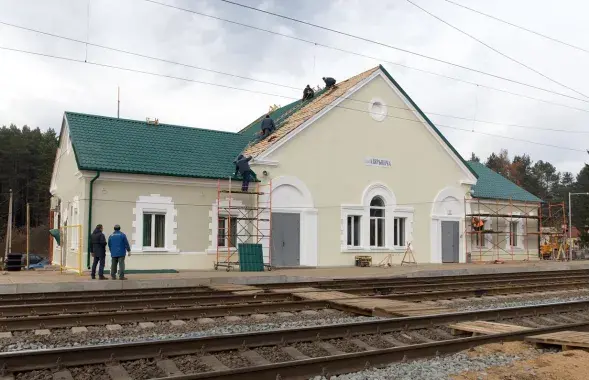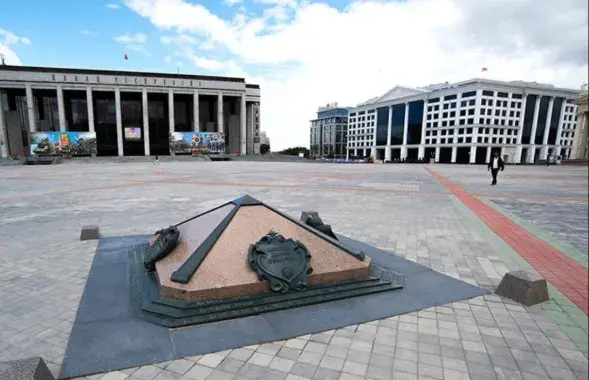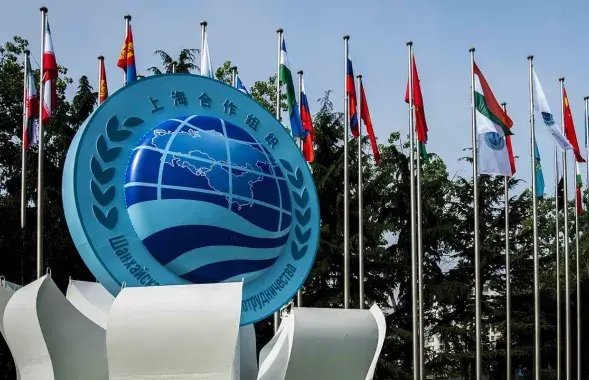Iranian cars at Belarus market
The resolution lists over 130 items, including household devices, ATMs, air-conditioners, motor boats, welding machines and other, the domestic production of which must be launched in 2007. The measure is part of the national program to replace imported goods with the Belarus-made products by 2010.
The deal to assemble the Iranian cars in Belarus was signed in February 2006. Already in August, a production facility in Abchak near the capital city of Minsk started assembly the Iranian Samands.
Dzmitry Jahorau, CEO of the Unison company, which runs the works, describes as “very promising” the production of Samands on the territory of Belarus. He says this is the first step in the development of the auto-making industry in this country.
“On August 11, 2006 we officially launched our plant. We have completed the retooling and put all the technological equipment in place. We have already assembled test samples and are soon to start supplying the ready-to-go cars. We have a target of 2000 cars for this year, and this is a realistic figure, indeed. If our Iranian suppliers do not default, we would be able to produce even more in terms of technological preparedness,” he said.
BACKGROUND
The first attempt to assemble cars in Belarus took place on 1997, when the Ford Motor Company built a production line in Abchak. The company planned to assemble Ford cars. In 2001, the Ford Company, the major investor, withdrew from the project. Afterwards, the project remained frozen for three years.The second attempt to assemble cars at the same production facility was made in the spring of 2004. The plant then started assembling the Polish cars Ljublin-3, designed specifically for Poland in the framework of cooperation with the plant in Ljublin.
The Samand cars in standard and luxury categories, assembled near Minsk, resemble Peugeot-405.
This is the make, phased out by the French automaker several years
ago.
In the view of the independent commentator on auto-business, Dzmitry Navicki, the announced price tag of the Iranian cars -- $12,500 – is too high for an average Belarus consumer.
“Any knowledgeable person knows that Iran Khodro is not ranked high in the world’s car ratings. I would not want to see the Belarusians deprived of a German-made or Japanese quality product and given an Iranian car, assembled by the French license. I test-drove this vehicle. It is a relatively comfortable and convenient car. But, unfortunately, the technological level of this vehicle is not as high as the one of those used European cars, produced in late 1980s-early 1990s.
Since an import-replacing program has been announced in this
country, we can expect higher duties for the import of new cars or any other
measures by the government so that to force the citizens to buy the
Belarus-made cars. But, people should be given a choice. For now, it looks like
the government is trying to limit the choice of Belarusian auto amateurs,” he
told the European Radio for Belarus.
It appears that Belarus has launched the production of cars that are equal by quality to the vehicles from 1980s and of the same price as the cars from the early 21st century. It will be interesting to see if Samand is to stand competition on condition that the government plays a fair game.
Another question is: Does Belarus need to develop news industries and products, which can be bought more cheaply than produced?
Photo www.alfo-trade.kiev.ua














